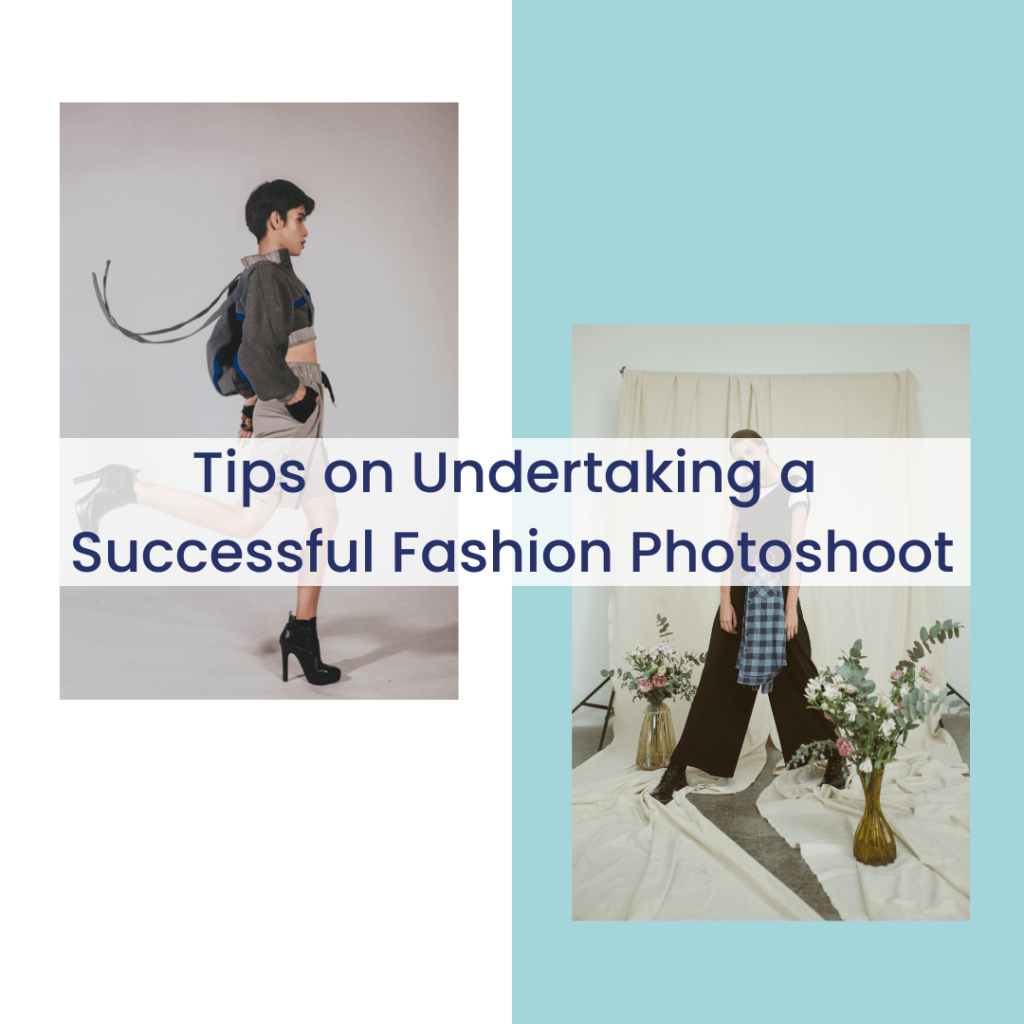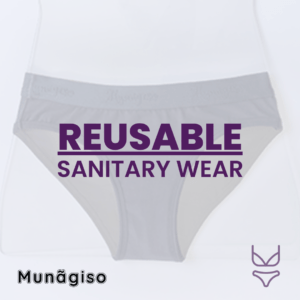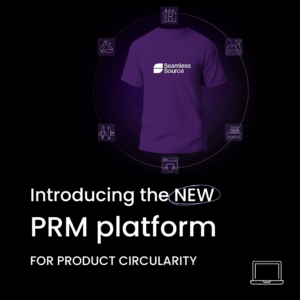Proposing a photoshoot for your fashion brand is a very creative and exciting task. However,
there is a lot of work that goes into it, you’ll need to consider MUAs to hire for the day,
create mood-boards, hire fashion assistants, set up the correct equipment and make sure
you have the perfect lighting. All of this is required in every successful fashion photoshoot.
This can be challenging as there are so many tasks involved and it involves a lot of people
with different professional background, and on top of that, you’re working against a
schedule! The best thing you can be in a fashion photoshoot, is calm. Easier said than done
for sure, but with the guide, we hope to settle the stress and give you some useful
information. Remember, the ultimate goal of the fashion photoshoot is to produce some
long-lasting and eye-catching content for your fashion brand.
1. Research HEAVILY
Depending on the type of fashion photoshoot that you are trying to conduct (i.e a
urban shoot for your streetwear brand), you will need to make sure you have a brief
for your photoshoot. You need to be aware what kind of style photography you
want, you need to be able to reference artists who may be a muse for your shoot,
you need to conduct visual research. Have a look at look-books and attend
exhibitions if you need a head start in getting inspired. Decide what type of shoot
you want and the angles of the photos that work best to represent your product.
2. Create a List
Create a detail list that consists of budgeting and planning. It should contain as much
detail as you can, such as the main kind of shots you want, how many outfits you are
shooting, the required props, locations for the shoot, contact list of where you may
have loaned the props/ accessories, contact list for any assisting workers, colour
themes, timeline references, artist references- all in all, try to add as much as you
can to the list, and tick it off as you go along.
Your list may also include detailed information of the lighting, angles and expressions
you want in your shoot. Remember, a photoshoot is ALL visual, so you need to have
your planning down to a T. Your MUA, photographers, models, hair team and so on
will all need to understand how your mind works and what you expect from the
photoshoot, so having a visual documentation is necessary.

3. Your Team
As mentioned previously, you will likely to have a big team working with you; this
team will include stylists, photographers, hair and makeup artist, technical people,
editors, models and so on. Ensure that the people you bring on board for the shoot
are on board with you and your fashion brand. Ultimately, it is like interviewing
them, and you need to ensure that they are confident, driven and have a ‘can do’
attitude for the shoot. Fashion photoshoots can be very long and tiring, so you want
a passionate team who expect a successful end result.
On a side note, consider getting creative university students or graduates to help you
out. They are more likely to be hard-working and passionate about gaining some
extra fashion experience, plus they’ll be able to build on their own portfolio, so it is a
win-win for the both of you.
4. Establish the Purpose of your Photos
You need to be aware of what your images are used for, as each style of photography
is appropriate for different things. Are your images for a look-book, website, social
media post? You may want a bulk of images for all these resources, but make sure
the style, size, composition and overall look is suitable for each platform. For
example, for a look-book, you may want more exciting location-based images for
your audience to scroll through but for your website you may want clear images with
good lighting and a white background, which means you’ll probably have to
undertake a separate shoot…it all goes into the planning! Working a budget out is
also very important as you want to be able to get everything you want out of the
fashion photoshoot.
5. Create a Call Sheet
This will be another important document you need to have- but it isn’t vital. The call
sheet is an online template you can use to help you and your team. It will include the
logistical side of things such as the timing of the shoot, arrival times, parking details,
facilities available, the location, the overall schedule for the day, and it may also list
the detail of the outfits for your fashion brand and which model will be wearing
what. You can email this time sheet a few weeks in advance to your team prior to the
shoot. Make sure you ask all your team to arrive 30 minutes to one hour early before
the shoot, to avoid any delays.
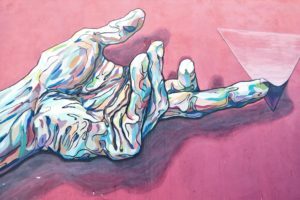
6. Ideas for Seeking Inspiration
We are sure that you have a visual idea of how you want your fashion photoshoot to
turn out. But we’ve decided to give you some extra help.
One of the most important things you can do for your shoot is using an iconic
location. You will notice that well-established fashion houses have always been
successful in picking remarkable locations for there shoots. Using a great location
that is suitable for your brand, will have a big impact on your consumer as it will be
eye-catching and memorable. Have a look in fashion magazines like Vogue, Dazed
and Hunger for photo-shoot inspiration; you may even come across some useful
fashion photographers.
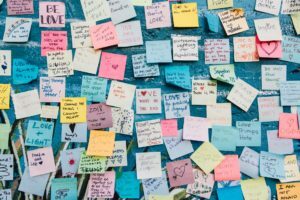
7. Create a Story-board
Similar to the creation of a movie story-board, you should create one for your
photoshoot. It should showcase a general ‘plot’ of how you want your shoot to go,
the angles you want and so on. This will also help you take control of your day. You’ll
also be able to plan how you take every shot in sequence as well as figure out how
many outfits each model will shoot. This story-board can be for your own personal
use, but you may want to share it with the rest of your team for clarity.
8. Additional Notes
It is important to keep on track of your budget, how much you will be paying your
workers, knowing if you want to pay expenses, how much it will cost to travel to the
location of the shoot and much more, so make sure this is calculated beforehand
with a bit of money left behind as a back-up.
It is also convenient to have a ‘plan b’- in-case the location down falls or if a model
drops out, unfortunately, this is very likely to happen, so having a back-up plan is
essential. You can do this by having models on call, having a back-up plan in your
head for how many outfits per model, and having a second location that you can use.
All in all, you just need to make sure everything has an alternative.
On a final note, it is also important to have a contract with everyone you are working
in. It should highlight the hours, the terms and conditions, the pay / expenses, the
requirements and so on. Not only will this save your own back for any potential
problems, but it will also look more professional for your fashion business. Each
contract will be different for each worker; for example, your contract with your
photographer will be different for your contract for your model, so make sure they’re
all edited to perfection. You will also need to confirm the rights for images, the
consequences of cancellations and so on!
